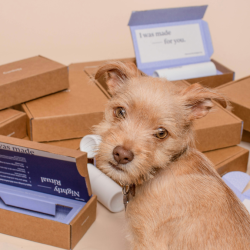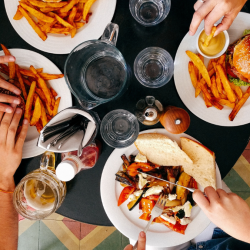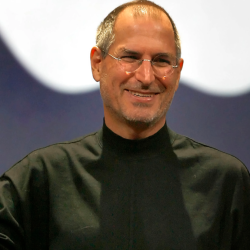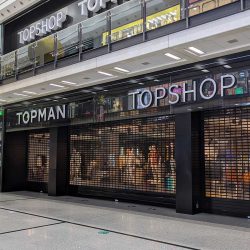Loyalty, the concept of incentivising consumers to shop with a brand or retailer rather than their competition, has been around since 1793. Fast forward to 2023 and consumers are spoilt for choice. Big retailers, independents and niche outlets are all offering something different in a bid to maintain share of wallet.
But despite all of the huge effort and budget that brands expend we need to ask the question: do consumers owe them loyalty? The answer is no: it needs to be a value exchange.
Why brands seek loyalty
The adage ‘it costs less to keep a customer than it does to get a new one’ rings truer now more than ever. Or, at least, loyal customers’ value is sky high. With the massive troves of data at their disposal, retailers have found that not only are loyal customers cheaper to retain, but they also spend more. And with an impending recession and high inflation upon us, many would be wise to shore up their base.
In fact, in our recent survey of large retail CMOs, heads of loyalty and insight, 55% expected their organisation to allocate most of its resources to strengthening the retention and loyalty of existing customers in the next 12 months.
But there’s work to do. The demise of many retail brands and the global events of the past few years have seen consumers shift their purchasing behaviour drastically. It seems the traditional, tried and trusted tactics of loyalty programmes – including excellent value and customer service – will not cut it anymore.
Customers want to feel appreciated. They don’t pledge their loyalty easily. As such, brands must adapt so relationships are always more than pure transaction. The data held by retailers can provide solutions.
For many retailers it simply comes down to analysing their customer data on a more granular level to know how to communicate to their base, and what to say. After all, more than a third (37%) of those we surveyed named access to better data and customer insight as the best way to achieve loyalty targets.
Having the best insight and using it correctly drives retail innovation. They can improve personalisation and use an array of offline (direct mail, door drops, leaflets) and online (bespoke landing pages) methods, communicating to customers with more success, and getting feedback on what is working and what can be improved.
Benefits to shoppers
Shoppers understand the value of their data. Having handed that over when signing up for loyalty programmes, they require brands to deliver with a fair value exchange. Just a few of the things they have come to expect are:
- Exclusive and relevant deals – either in the form of price cuts, free delivery/returns or some other added value that regular shoppers don’t get.
- Personalised messages which speak to their needs or issues, and provide solutions – For example, members with children may expect offers that help them satisfy their immediate family needs – like multi-buys, or lower priced school uniforms.
- Timely offers and messaging – Shoppers will not appreciate being sent communications at the wrong time, for example receiving a communication about a product that they have just bought – particularly if the price is lower now or if it contains an offer that the shopper has missed out on.
When brands get the above right, shoppers are more likely to spend that bit extra and not shop around for other deals. Furthermore, if retailers are consistent and agile, they are likely to build affinity with these customers who, in turn, become advocates – the ultimate prize for any retailer.
It’s up to retailers to earn loyalty, by having the best insight and using it correctly. Only then can they successfully handle BAU comms and loyalty scheme innovation simultaneously. Expectations around personalisation, communicating in the appropriate channels at the right time with the right message, and being agile to an ever-changing landscape are ongoing challenges retailers must overcome if they are to keep and increase their loyal base.
Today’s consumers are bombarded with choice, and as a result they are more price-savvy, demanding and willing to shop around. Their behaviour changed during the pandemic and quickly shifted again once restrictions were lifted, leaving many retailers stuck in first gear. As the cost-of-living crisis continues, brands that aren’t keeping a constant eye on customer behaviour and acting on it run the risk of losing shoppers to more agile competitors.































